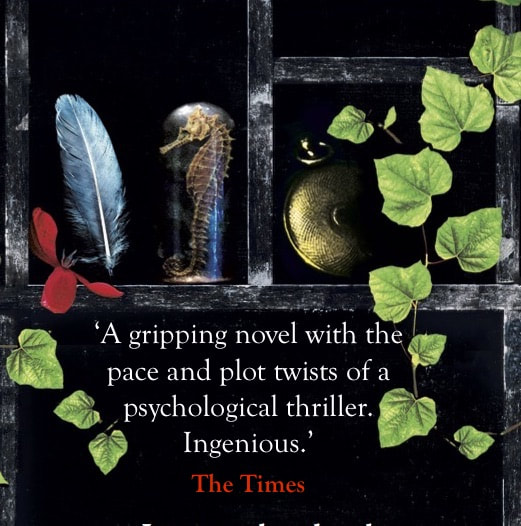 Queen Katherine Parr Queen Katherine Parr A rather curious item is listed for sale at auction this month: a lock of Queen Katherine Parr's hair. This is of particular interest to me as my novel Queen's Gambit is based on her life. I set out to debunk the myth of her as the obedient nurse-maidy figure who survived marriage to Henry VIII a King who's sinister marital record needs no introduction. In fact Katherine was a remarkable woman, she promoted religious and political reform at great personal risk, narrowly survived a plot on her life and was one of the first women to publish an original work in the English language. All of this makes her a figure well worth remembering, but I think even with my profound admiration for her, I would find owning a lock of her hair rather macabre. Gone are the days when the hair of the dead beloved was worn as a memento mori, woven into intricate pieces of jewellery or encased in lockets. Such things seem distasteful to the modern sensibility. There is a gruesome story behind the Queen's hair, worthy of a Gothic novel, which is equally at odds with modern notions of decency. There are a number of such locks in existence, one on display at Sudeley Castle in Gloucestershire where she died tragically, giving birth to her first child. Destroyed in the English Civil War, by the eighteenth century Sudeley had become a magnificent ruin. With it's tragic royal connections it had become the kind of place lady sightseers liked to visit in search of nuggets of history. In 1782 one such group of genteel tourists came upon an alabaster plaque buried in the undergrowth in the wall of the ruined chapel. Enlisting the help of a local farmer who dug beneath the wall they discovered a coffin bearing the inscription 'Here lyeth Quene Kathryn Wife to Kyng Henry VIII.' The mind boggles at what happened next as the women, who seem to have fancied themselves as amateur archaeologists, instructed the farmer to jemmy the lid off the lead sarcophagus. Under the lid they were surprised to discover, rather than a few dusty bones, a form mummified in cere cloths. Undaunted they cut away the bandages to reveal, astonishingly, the Queen's body 'entire and uncorrupted' as if she had died only the day before, rather than more than two hundred years since. I have often thought what a great shame it is that the invention of photography was still a hundred years away and that there is no image of that remarkable find, as before long, with exposure to the air, her body deteriorated completely. It is said that the doughty sightseers came away with a few locks of hair as souvenirs and I can only assume that it is one of these that is up for auction but I will not be making a bid. Elizabeth Fremantle's novel about Katherine Parr, Queen's Gambit, is the first of a Tudor trilogy. Her latest novel Watch the Lady is just published in hardback.
2 Comments
|
Subscribe to Elizabeth's quarterly newsletter below:Archives
June 2018
Categories
All
|









 RSS Feed
RSS Feed
